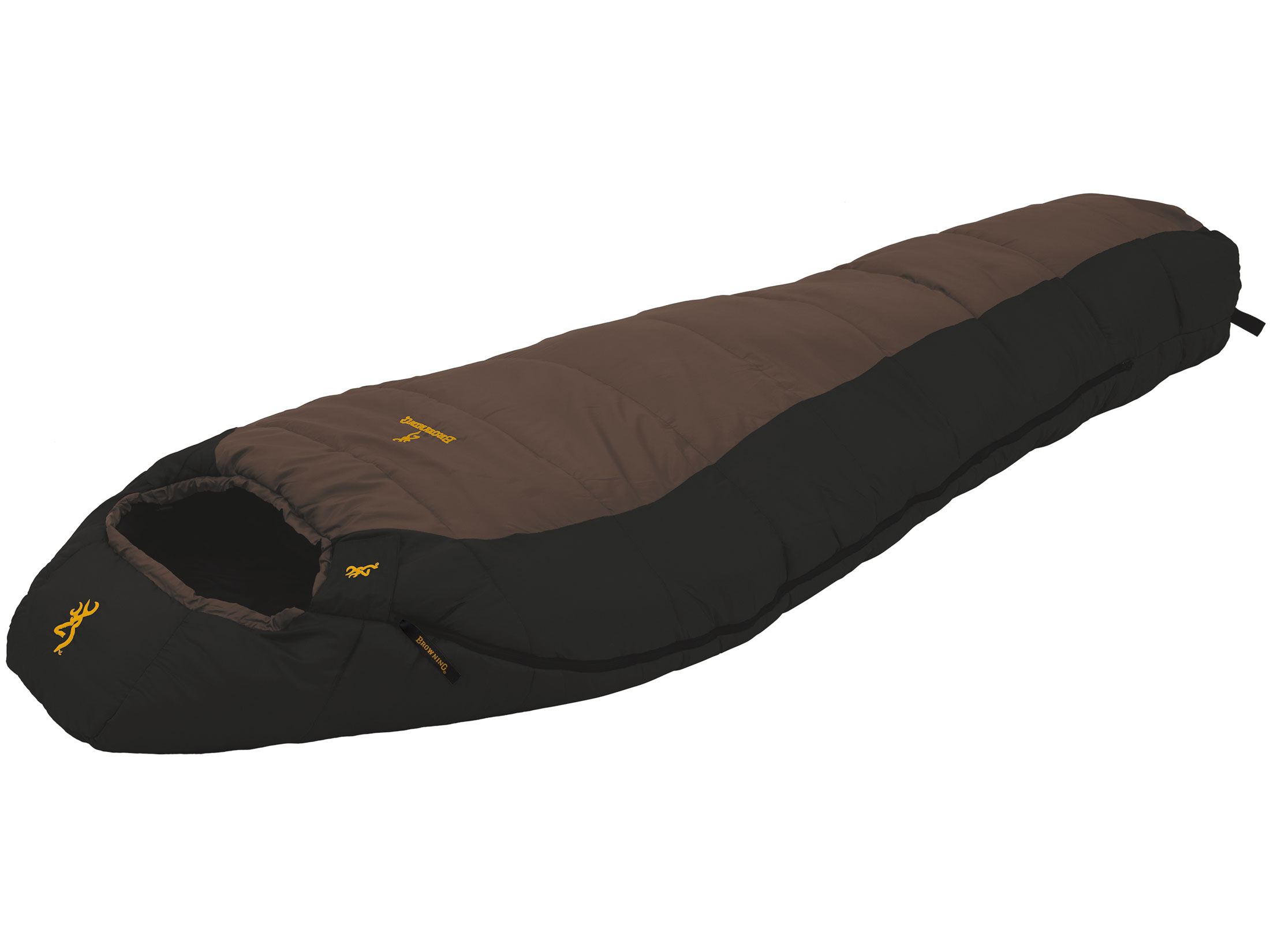Hey all,
I currently have a rectangular, flannel lined sleeping bag. It's rated for 0 degrees. I put a mummy bag liner in it and do fine down to 15 degrees.
However, I'm in an area that has seen -30 for a night or so in the deep winter, usually cold temps are 0 to 10.
I'm looking for a good durable bag that could go down to them Sub-Zero temps and still be comfy.
Thought about the military ecwcs system and down bags but don't have any experience with either.
$ are a consideration also.
Any recommendations?
I currently have a rectangular, flannel lined sleeping bag. It's rated for 0 degrees. I put a mummy bag liner in it and do fine down to 15 degrees.
However, I'm in an area that has seen -30 for a night or so in the deep winter, usually cold temps are 0 to 10.
I'm looking for a good durable bag that could go down to them Sub-Zero temps and still be comfy.
Thought about the military ecwcs system and down bags but don't have any experience with either.
$ are a consideration also.
Any recommendations?












